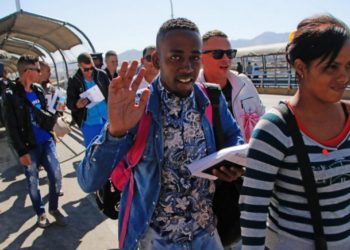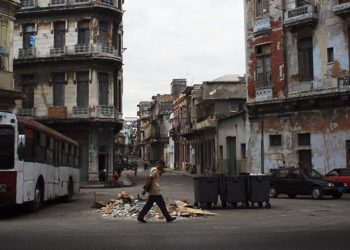The migratory flow to the United States doesn’t stop
If you live in Cuba and feel that increasingly more relatives, friends and acquaintances are leaving the country, your assessment is right. Statistics back your opinion. According to a report of the Field Operations Office of the U.S. Customs and Border Protection, 50,082 Cubans arrived in the North American nation in the fiscal year of 2016 (Sept. 30, 2015 to Sept. 30, 2016), a figure 17.2 percent higher than the previous period. During the fiscal year of 2015, 40,155 Cubans arrived in the United States. They were almost double the 24,278 who arrived in 2014, and much more than the 13,000 who arrived in 2013 and 12,000 in 2012. In short, more than 139,000 Cubans have arrived through illegal means to U.S. borders between 2012 and 2016. The flow of persons to the U.S. this year was tinged by the crisis in Central America, when the government of Nicaragua decided to close in November 2015 the south border of its territory. Even so, the Costa Rican and Panamanian authorities arranged for the sending of thousands of Cubans to El Salvador and Mexico, where they were able to continue their journey. A series of factors, regulatory as well as subjective, have...











